Why do pepper leaves fall and what to do?

In many summer cottages, various varieties of pepper are grown. It is often possible to see that the leaves of a given culture begin to fall off. Today we will talk about why this can happen, what to do about it.
Bad conditions
Often the leaves on peppers begin to fall off due to poor growing conditions.
- Insufficient lighting. It should be noted that errors in lighting can appear not only when planting in open soil, but also when growing on a windowsill and in a greenhouse or greenhouse. Pepper is considered a very light-loving plant. It needs 12 hours of daylight. The best option would be a diffused type of lighting. If the vegetation experiences an acute shortage of light, then it will rapidly shed its leaves. It will also become strongly stretched, the trunks will be too fragile and thin. To protect the culture, you can use special phytolamps.
It is recommended to place seedling boxes on the sunniest windowsills in the house.
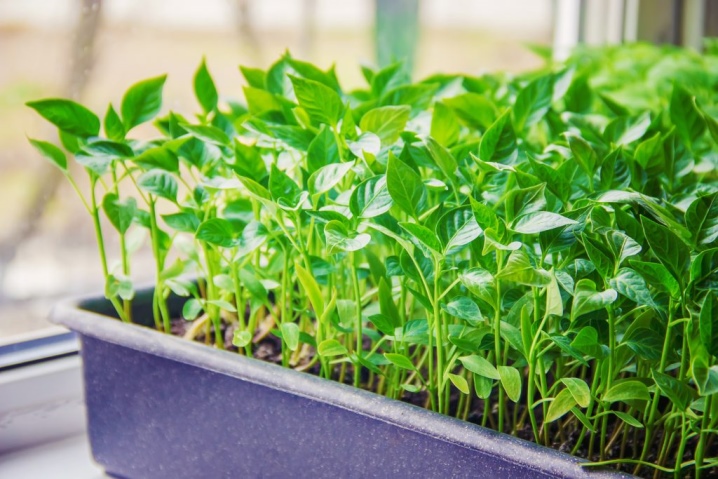
- Incorrect soil composition. Peppers should not be grown in normal soil. For these plants, you need to prepare a special substrate, which consists of calcined earth, clean sand and humus. In this case, the soil should have neutral acidity. If it is too acidic, then dolomite flour can be added (there will be about 200 grams of such a composition per square meter of planting).
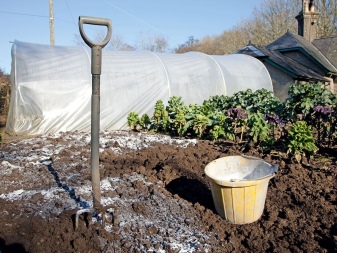

- Low temperature. Peppers are thermophilic plants, they are very difficult to tolerate drafts and cold. The daytime temperature should be 23-25 degrees Celsius. At night, it can drop to 14 degrees. A cold snap can provoke a weakening of young plants, they will lose their ability to extract nutrients from the ground. If you grow peppers in greenhouses or indoors on a windowsill, it is also important to maintain the optimal temperature inside.
It should be noted that poor lighting and low temperature conditions can lead to the cotyledons falling off on the pepper. They can also turn very yellow.
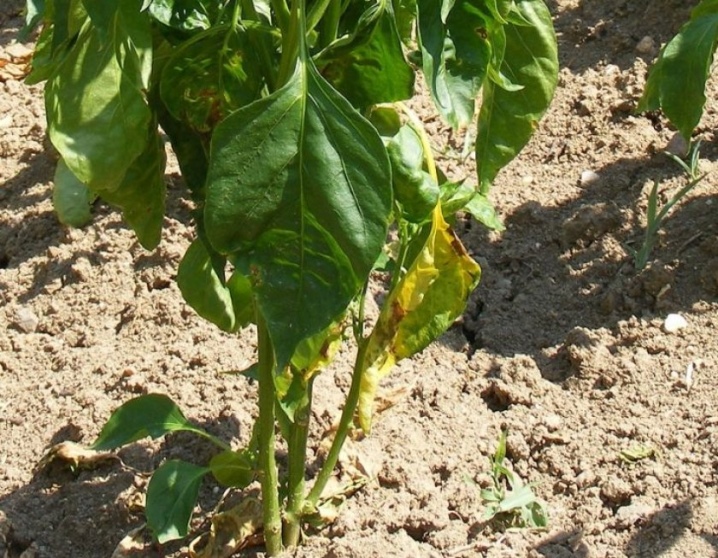
- Improper care. Improper care also leads to the fact that the culture begins to shed foliage.
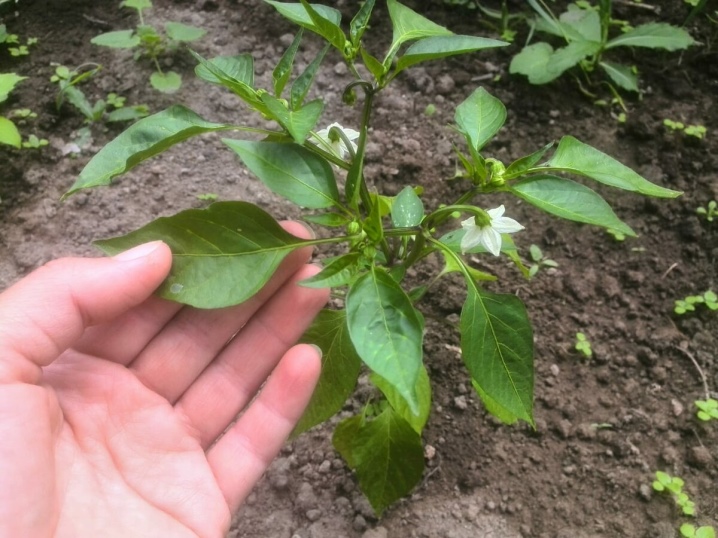
- Watering errors. Pepper is a moisture-loving plant. At the same time, he will also react negatively to excessive waterlogging. The leaves first wilt, become too soft and then fall off. This culture has a not very deep, but at the same time a branched root system, therefore, the moisture of the plant is obtained from the top layer of the soil. It is recommended to water the pepper frequently and abundantly. Before watering, the liquid must be defended for two days. The water temperature for irrigation should be 20-22 degrees Celsius. In this case, moistening should be carried out after the top layer of the soil has dried to a depth of no more than 2 centimeters. The procedure is best done in the early morning. Water needs to be poured only at the root. It should not fall on the foliage, otherwise burns will appear on it. If you grow plants indoors in containers, then you should take care in advance that there are special drainage holes in the containers.
They are needed in order to ensure the outflow of excess moisture after watering.

- Lack of fertilization. If the pepper does not receive enough nutrients, then its leaves will turn yellow and fall off. The plant very quickly sucks out the necessary elements from the soil, making it poor. This also leads to a slowdown in growth and development. If the leaves fall off at the top, then you need to make complex mineral dressings. They can be purchased ready-made at garden stores. If the lower part begins to fall, then nitrogen must be added. To restore the nutritional value of the soil, various complex fertilizers are used, as well as urea and ammonium nitrate.
All fertilizers are poured at the root after the soil is moistened. Within two days after you have fed the plants, watering should not be carried out so as not to wash off the components.
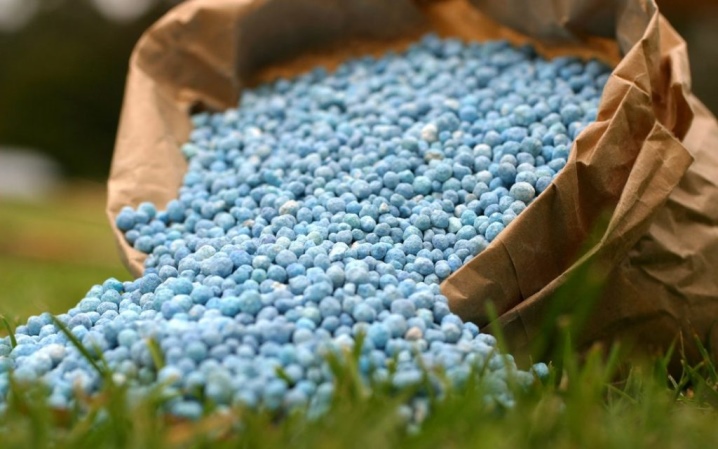
- Wrong pick. This procedure involves transplanting vegetation with root pinching. The pick must be carried out as carefully and carefully as possible, otherwise the pepper will quickly begin to shed its leaves.
It is better to sow seedlings immediately in separate containers. Small peat pots are the best option.
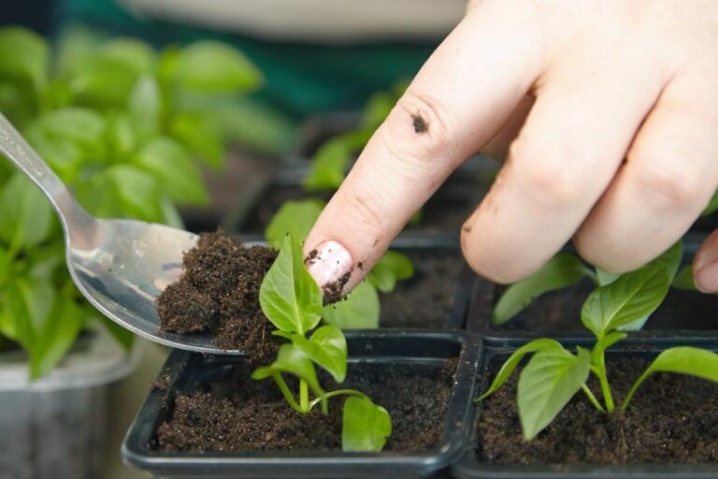
Diseases and pests
Pepper is often affected by harmful insects and various diseases, which can also lead to leaf blades falling off. To begin with, consider what diseases can damage the culture.
- Late blight. In this case, young plants are primarily affected. First, dark and dense spots appear on the foliage, after which the foliage begins to gradually fall off. The causative agent of late blight is a harmful fungus. To cure the culture, it is recommended to immediately apply chemicals ("Barrier", "Barrier").

- Fusarium wilting. This disease is common among nightshades. It provokes rapid yellowing and leaf fall. The causative agent of the disease is a fungus. Upon infection, all affected parts are immediately carefully removed and incinerated. Then the plants are treated with Fundazol solution.
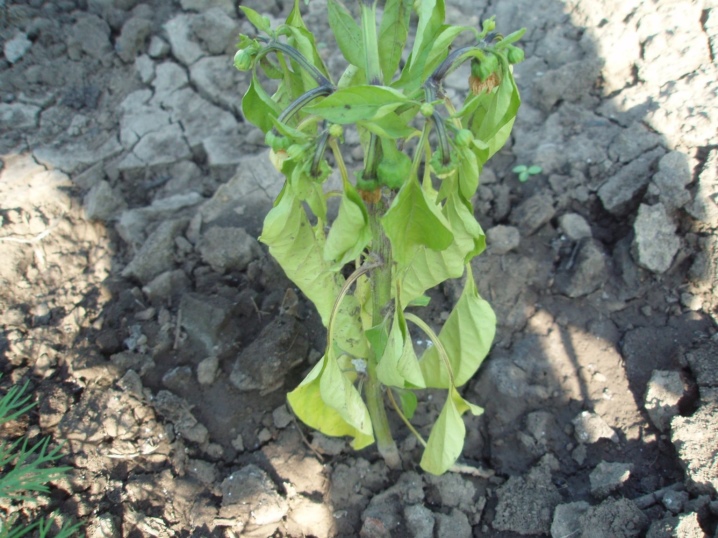
- Septoria. When pepper is affected by this fungal disease, white spots with a brown outline appear. The development of septoria begins from the lower part of the plant, first it damages the old vegetation, and then goes on to the young green parts. Over time, the spots become more and more, the leaves begin to gradually fall off.
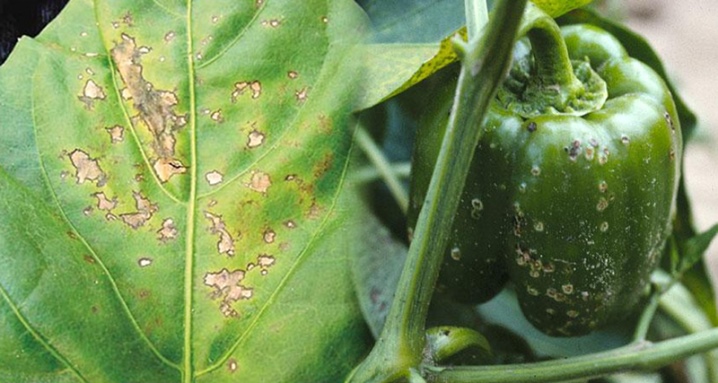
- Alternaria The disease is also called "dry spot". First of all, it damages leaves and stems. Alternaria also begins to affect the culture from the bottom, gradually moving upward. Brown spots can be found on the leaf blades. Over time, they will begin to increase in size and merge with each other, then foliage will fall off.
To cure pepper, you can use a solution of Bordeaux liquid (100 grams of substance per bucket of water). You can also use other medicinal preparations that contain copper.
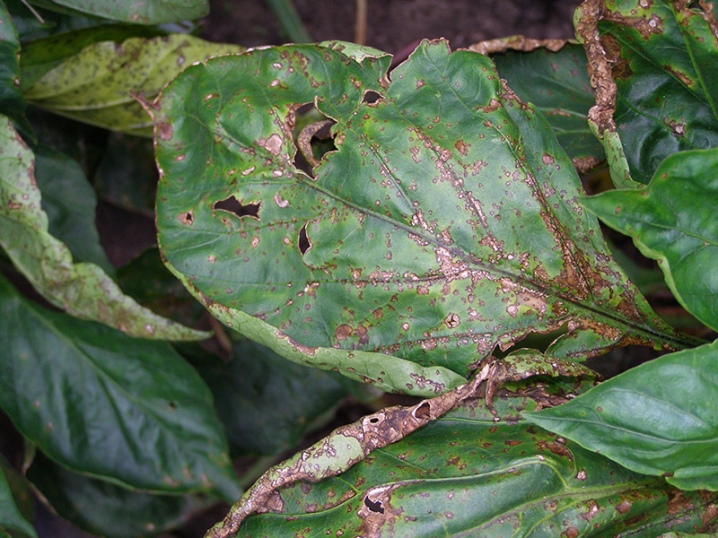
- Cladosporium. The disease has a second name, brown spot. Its causative agent is a fungus. When infested, light green spots appear on the inside of the foliage. Darker spots can be seen on the outside. Further, the leaves will wither, dry up and fall off. The disease is transmitted through contaminated soil. At the first signs of cladosporia, it is necessary to spray diseased plants with copper oxychloride or another agent that contains copper.
If the lesion occurred during the fruiting period, then it is recommended to use infusions prepared on the basis of plant materials (grated garlic) for treatment.
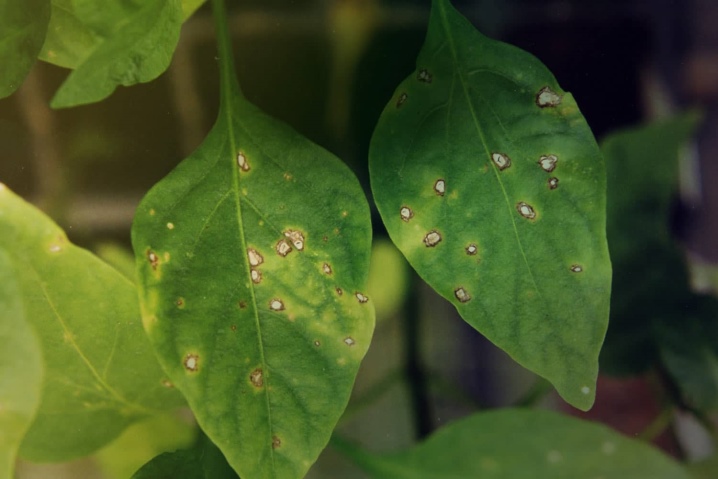
Also, pepper can be strongly affected by various insects.
- Aphid. She lives in all above-ground parts of the culture. Over time, the leaves turn pale yellow and just begin to fly off the stem.To get rid of aphids, you can spray the vegetation with tincture with tobacco dust (500 grams of substance per 10 liters of liquid), the composition is infused for a day. Additionally, you can add a little laundry soap there.
Sometimes wood ash is used instead of tobacco dust.
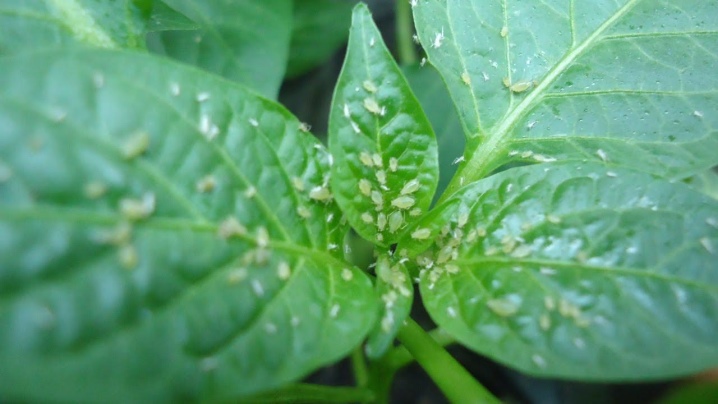
- Spider mite. This pest is a small sucking insect that is located on the back of the leaves. Damaged parts quickly twist and fall off. To combat spider mites, the chemical preparations Fitoverm and Akarin can be used.

- Thrips. Most often they settle on sweet bell peppers. They primarily affect the lower parts. The leaf plates gradually begin to lose their rich color, then the stems are damaged, flowers and ovaries are deformed. In the final stages, the leaves fall off. To avoid the appearance of thrips, you should periodically loosen the land around the plantings, remove all weeds.
If the pests have already appeared, then you can destroy them with homemade tinctures prepared on the basis of onion peels, mint and basil, mustard, dandelions.
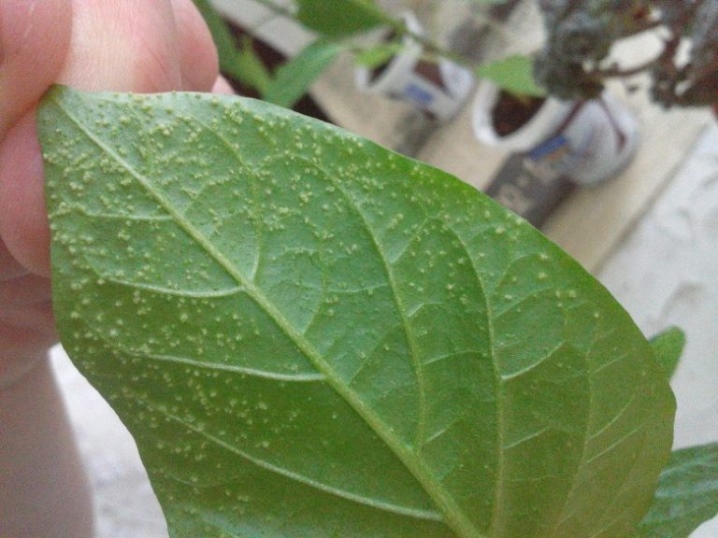
Frequent problems
Pepper leaves can fall off for other reasons.
In the open field
When young vegetation is placed indoors, it is practically not exposed to the negative effects of drafts, temperature changes and rain. In order for the seedlings to take root in the open field, it is necessary to periodically harden it.
In this case, the following factors can lead to falling foliage:
- use of cold water for watering;
- deficiency of nutritional components;
- unfavorable weather conditions for the culture;
- stress after transplanting to another place;
- transplanting too early to a permanent place in the soil;
- direct sunlight;
- the development of diseases and the appearance of pests that are characteristic of open ground.
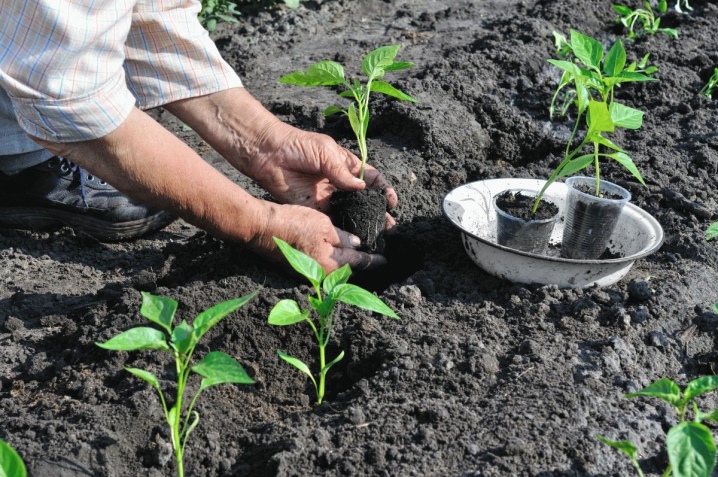
In the greenhouse
In greenhouses and hotbeds, a special microclimate is created in which diseases and harmful organisms develop easily and quickly. In addition, the limited space and insufficient ventilation will also affect the state of the culture. Various reasons can lead to the fall of sheet plates in greenhouse and greenhouse structures:
- boggy land;
- the development of diseases of the fungal type;
- thickening of landings;
- drafts.
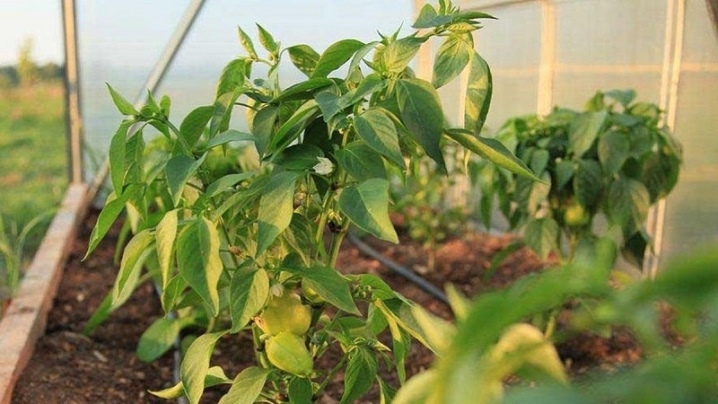
Prevention measures
There are some important preventive measures to keep in mind to avoid damaging the peppers.
- In the process of planting young seedlings, their root system should be straightened as carefully as possible so as not to damage.
- For planting, it is recommended to select only those areas that are well ventilated and sufficiently lit.
- When planting, you must follow all the rules of crop rotation. It is impossible to plant this culture in the same place on the site for 3-4 years. Also, do not plant peppers after other representatives of the nightshade.
- It is necessary to regularly make nutritious dressings.
- Plants should be watered only with warm water or water of medium temperature.
It is necessary to periodically carefully inspect the pepper for the presence of damaged areas, pests.
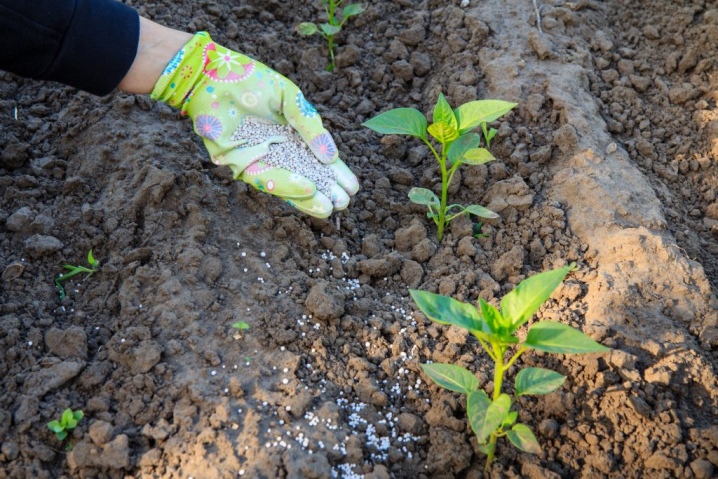
Useful Tips
Many experienced gardeners recommend decontaminating the soil just before planting young seedlings. For this, you can use various biological agents ("Baikal"). Do not allow planting to thicken, otherwise the vegetation will simply not have enough nutrients from the soil.
For planting, it is necessary to select only high-quality seed material in proven agricultural stores. Before use, it must be treated with fungicides. It is better to immediately select varieties that have good resistance to diseases and pests. If you use containers for planting seeds many times, then before each such use they must be thoroughly rinsed with a solution of potassium permanganate or alcohol.
Seedlings should not be negatively affected by drafts; they should be planted only in places where they will be completely protected from. When planting, it is necessary to ensure good drainage and correct timely watering of the soil.
After each watering, the soil around the bushes should be well loosened. It is also necessary to remove all harmful weeds from the site in a timely manner. If you grow a crop in a greenhouse or in a greenhouse, then such structures should be regularly opened and ventilated.
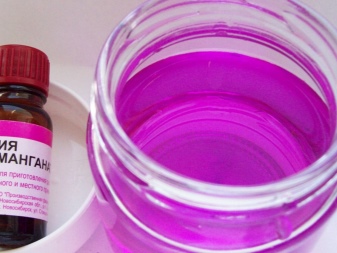
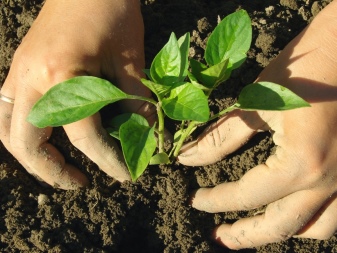
In the stale and waterlogged air, a favorable environment is formed for the development of diseases and pests. In such a microclimate, there will be a high probability of death of all young seedlings.













The comment was sent successfully.